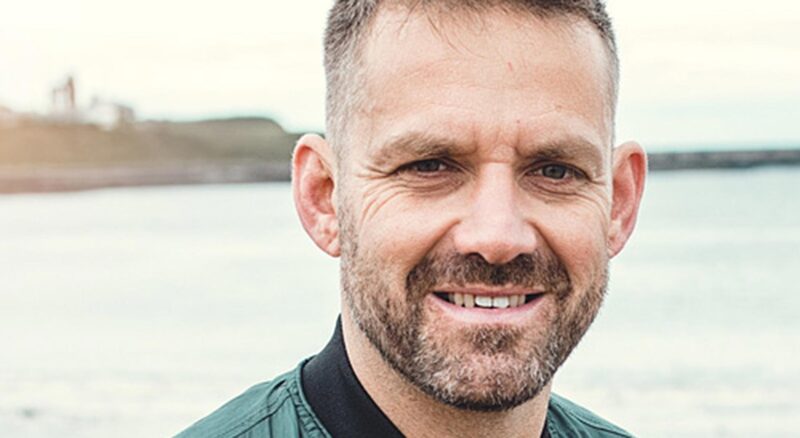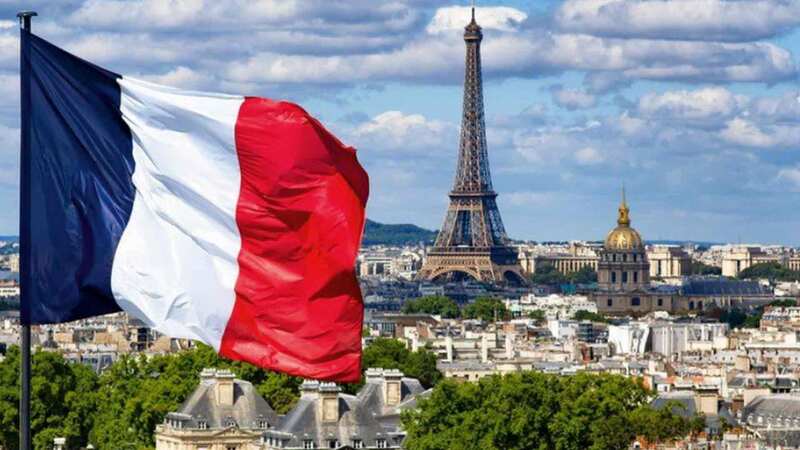You are viewing your 1 free article this month. Login to read more articles.
Antarctica: ghosts in the fog
Only a day’s sail south of the Falkland Islands I noticed that the blade-like black-browed albatrosses had been replaced by solitary and occasional wandering albatrosses. I never saw majesty and nobility so sure of itself, so embodied in grace of motion as in the flight of the wandering albatross. We had entered the latitudes of the Furious Fifties, a belt of gales that blow ceaseless westerlies clockwise around Antarctica.
Each line of latitude we raised was like climbing rungs of a ladder, up into a higher, freer, windier place. It was intoxicating to stand out on the stern watching the albatrosses harness the air. Another day further south and we crossed the Antarctic Convergence, that line where the relatively warm waters of the Atlantic hit an impassive wall of polar sea. I watched the shift in temperature on the ship’s instruments as we passed over the fault line, the two seas abutting like tectonic plates. We were sailing through waters measuring up to 7-8°C, then suddenly the isotherms narrowed to a zebra crossing. We were awash in seas measuring only 1-2°C. The two bodies of water seemed stunned by one another, immiscible, facing up like two heavyweights reluctant to give way. The meeting of the waters forced a compromise: cold dense water went down, warm light water came up, and the resultant churning and upwelling brought fish and krill to the surface. There was a visible line on the surface, and it frothed with life. Fin whales and southern right whales rolled their island bulk along the convergence. Albatrosses flensed the air, angling their bodies to the swell as if they were suspended on wires. Petrels danced on the wave crests, ‘little Peters’, tiptoeing with a tentative hesitancy the way St Peter walked on Galilee. A little way further south we passed a pod of orcas sailing north to join the party.
To mark our entrance into Antarctic seas, a viscous fog settled in and blinkered us. Giant icebergs appeared on the radar, one measuring forty miles in length. These icy seas have a long history in the Western imagination. Pliny wrote of the ‘Cronian Sea’, and Milton too: ‘As when two Polar Winds blowing adverse upon the Cronian Sea, together drive mountains of Ice.’ I saw my first iceberg off the port side, ghostly in the fog, its tabular perfection sloped towards one corner and its sides folded and crenellated like a Leonardo tablecloth. My first impression was of purity and immensity. The waves burst and the swell rolled but the berg was immovable, an anchor pin of the oceans. It looked as if it would last for centuries, but in reality I knew it could be gone next week. Another giant berg came up on the starboard side and we passed between the two as if through a gateway.
The wind dropped and the sea fell like a wet silk shroud. It felt dead in the mist, a mare mortium, the petrels swirling at the cliffs of ice could be bats at the gates of hell. When speaking of the Dead Sea, the Book of Joshua described a mare solitudinis: a lonely, desolate place. But then I would catch a glimpse of those albatrosses and feel as if we were being escorted by angels.
Empire Antartica by Gavin Francis is published by Chatto.















